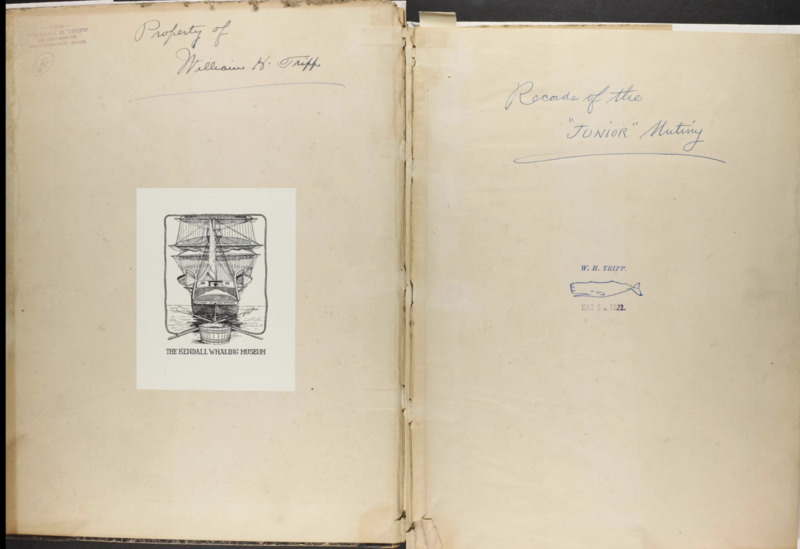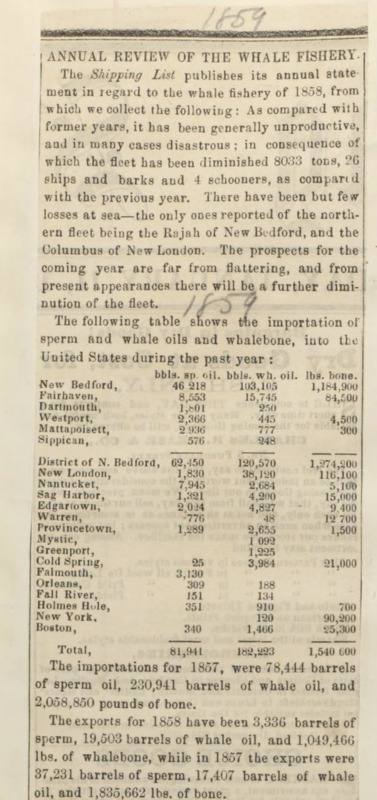Scrapbooking is Cool, OK?
To create this exhibit, it was not necessary to scrub through months of records of New Bedford newspapers to find mention of the Junior mutiny. It was all already collected, curated even, by New Bedford resident William Tripp, in the art of the scrapbook. A scrapbook is a collection of scraps - photos, newspaper clippings, etc, that are pasted into a new book. This scrapbook, a scrapbook of newspaper clippings, was a common method of saving and reorganizing information that people thought was important. Especially in the 19th and 20th centuries, as the availability of print newspapers exploded, many famous and important people were the authors of newspaper clipping scrapbooks, including Abraham Lincoln and Mark Twain.
Garvey, in her 2012 book on the history of scrapbooking in America, argues that despite the use of scrapbooking by prominent and important figures, it was also a way for people without much influence to shape and curate what they were reading. This act of collecting what they were reading and what they thought was important or interesting was a way to create value, on both the individual and collective level, for all sorts of people. It was a way to understand and remember important events in the world or in the community.
Tripp’s scrapbook, titled “Junior Mutiny - News Items, Court Trial, and Copy of Log Book” is a fantastic example of the scrapbook as creating value. The Junior mutiny, as the clippings from the scrapbook themselves testify, was of great interest to the city of New Bedford in 1858. Tripp recognized this interest, and was able to preserve not only the story, but the community’s reactions to the event at the time.


